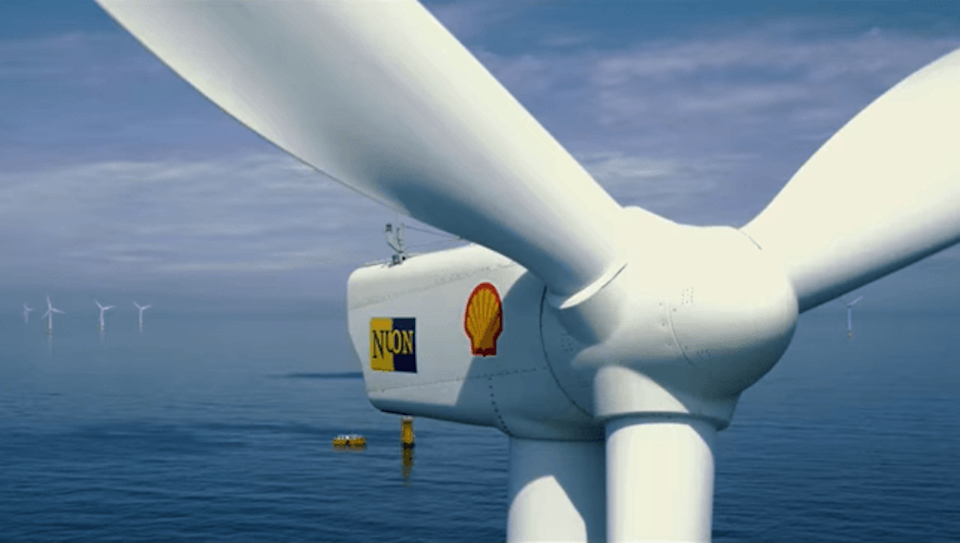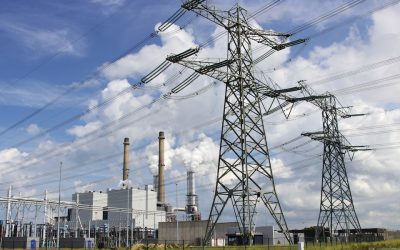In November 2024, Shell won the appeal against Milieudefensie, a Dutch environmental ngo. The court found that Shell cannot be held accountable for achieving a specific emission reduction target. Shell claims it wants to do its very best for the climate and aims to be a “net-zero energy business” by 2050. This means net zero emissions from its own operations (Scope 1 and 2) and from sold energy products (Scope 3, 90% of total emissions). The latter is a challenge in particular. How can Shell secure its own climate goals? This will require a major shift in emphasis in strategy.
Renewable energy – With annual oil and gas production totaling 400 TWh of final energy in 2023, there is a huge responsibility here. Shell needs to invest heavily in renewable energy. To replace a third of this production with solar panels and the rest with wind, Shell needs to realise 156 GW of solar and 88 GW of wind capacity by 2050. Recent cost reductions have certainly made this task easier. By comparison, 1,400 GW of solar and 1,000 GW of wind capacity were already installed worldwide in 2023.
Energy storage – Energy storage is essential in the energy transition. Long-term storage options are urgently needed to survive weeks without sun or wind. Thermal storage and flow batteries offer many opportunities for this. For the short term, lithium batteries play a key role, with 3-5 TW of storage capacity by 2050 i . These batteries increase self-sufficiency and can be used profitably for system services or on the imbalance market. A 4 MWh battery earns 200 kEuro annually on the imbalance market – with a charging cycle per day and a price delta of 150 euros/MWh . For Shell, this offers opportunities to remain profitable in the energy transition. A practical step could be to focus on vehicle -to-grid technology to unlock storage potential in car batteries.
Sustainable Fuels – The aviation industry is in dire need of carbon-free fuels. However, biofuels, such as those made from waste oil, are not widely available and take up land, water and agricultural resources. Power-to-Liquids ( PtL ) is a promising alternative. This technology combines green hydrogen with CO2 , for example via direct air capture, to produce synthetic fuels. Although PtL is still expensive, production costs will come down through scale-up and innovation. Shell can play a leading role in this by investing in PtL plants and partnering with the aviation industry.
Phasing out fossil fuels and storing CO2 – A rapid phasing out of fossil fuels is a must to limit global warming to 2oC. At the same time, the remaining CO2 emissions must be captured and stored, for example underground. By introducing a CO2 take-back obligation , oil and gas producers can be held responsible for storing emissions from their products. This reduces the need for large subsidies and distributes the costs fairly.
Reforestation – Finally, Shell must contribute to the restoration of forests, which are essential for storing CO2 and preserving biodiversity. An ambitious reforestation program can offset some of Shell’s emissions, but it cannot be a substitute for emissions reduction.
In short, Shell can achieve its climate ambitions with large-scale investments in renewable energy, storage and sustainable fuels. Accelerating the phase-out of fossil fuels, combined with carbon capture and reforestation, are part of this. An ambitious and challenging regulatory framework, including a steady increase in the carbon price, will facilitate all these efforts. It goes without saying that Shell will continue to work hard for this worldwide.





